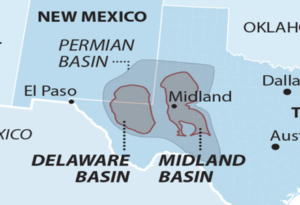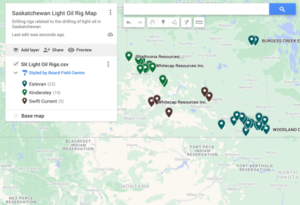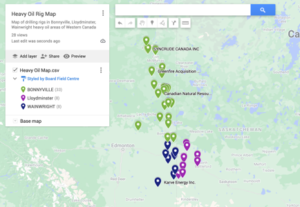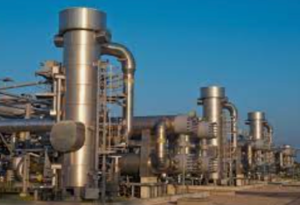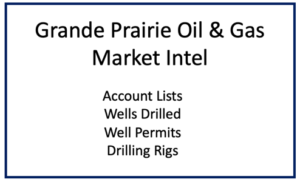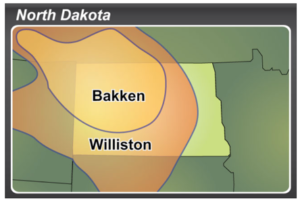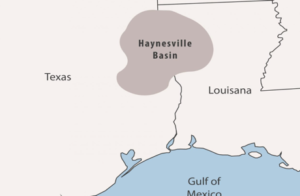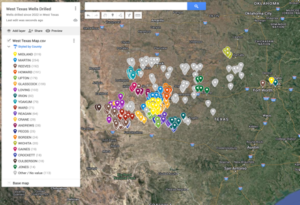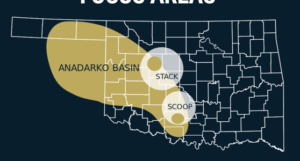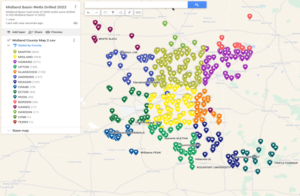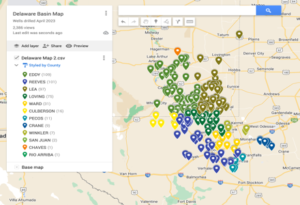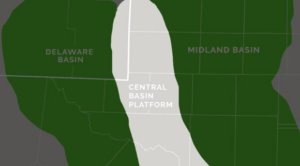From a high of 9,053 wells drilled in 2018 to 6,000 wells in 2024, Texas drilling activity has been anything but static. Yet what followed wasn’t a return to boom-bust volatility—instead, U.S. shale entered its manufacturing era.

Between 2021 and 2023, annual well counts stabilized in the 6,000–8,000 range, with 2022 peaking at 8,327 wells. While 2024 saw a dip to 6,054 wells, 2025 year-to-date (YTD) already shows 2,040 wells drilled—signaling that operators remain committed to a consistent, measured pace.
This quarter-by-quarter consistency reflects a deliberate shift by shale producers toward capital discipline, standardized development, and multi-year inventory planning. The real story isn’t just fewer rigs—it’s more output per well, executed with precision.
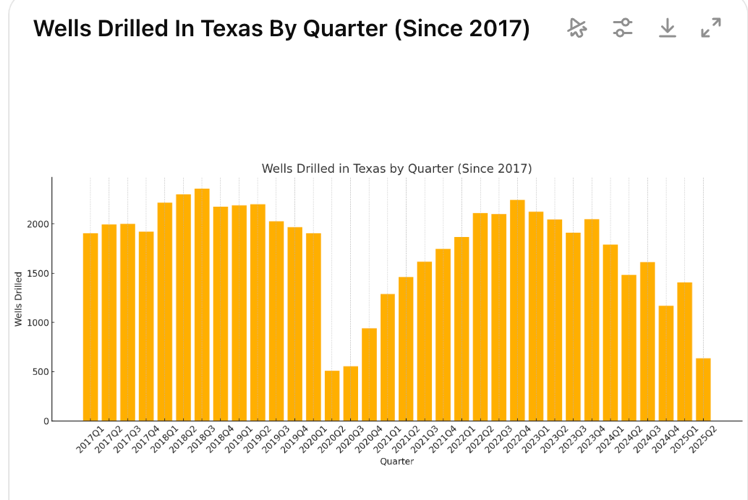
U.S. Shale – Consistency is the Real Superpower
What changed?
U.S. shale used to be synonymous with boom-bust cycles. Today, it’s a capital-disciplined, highly engineered system where efficiency and repeatability drive strategy.
Why it matters:
🔸 Productivity Over Volume:
Leaders like ConocoPhillips and Devon Energy stress that sustainable, low-cost supply—not sheer drilling volume—is what powers long-term value. Multi-year inventory and capital efficiency are the new benchmarks.
🔸 Strategic Global Role:
For Chevron, the Permian isn’t just a domestic asset—it’s a supply base for LNG exports, global refining, and energy security. The factory model enables consistent, reliable throughput to serve global markets.
🔸 Next-Gen Innovation:
ExxonMobil and Occidental are layering carbon capture, AI, and data infrastructure onto this base—turning the factory model into a platform for the energy transition.
🔸 Resilience in Planning:
The move to predictable drilling schedules improves supply chain management, enhances midstream coordination, and provides investors with greater free cash flow certainty.
🧠 Voices That Define the Model
- Vicki Hollub (Oxy): “We’ve become much more efficient, but the next frontier is pairing that efficiency with sustainability.”
- Ryan Lance (ConocoPhillips): “Shale is no longer about just drilling faster. It’s about sustaining low-cost supply for decades.”
- Clay Gaspar (Devon): “Consistency is what unlocks $40 oil. That’s what the factory model gives us.”
📈 Bottom Line
The factory model isn’t just a tactic—it’s a transformation. The Texas drilling chart reflects more than numbers. It shows that U.S. shale’s greatest strength is its ability to sustain output predictably and efficiently. This matters not only for domestic energy stability, but also for global trade, emissions reduction, and long-cycle investment.
In a world of energy uncertainty, the U.S. shale factory isn’t just surviving—it’s setting the standard.


